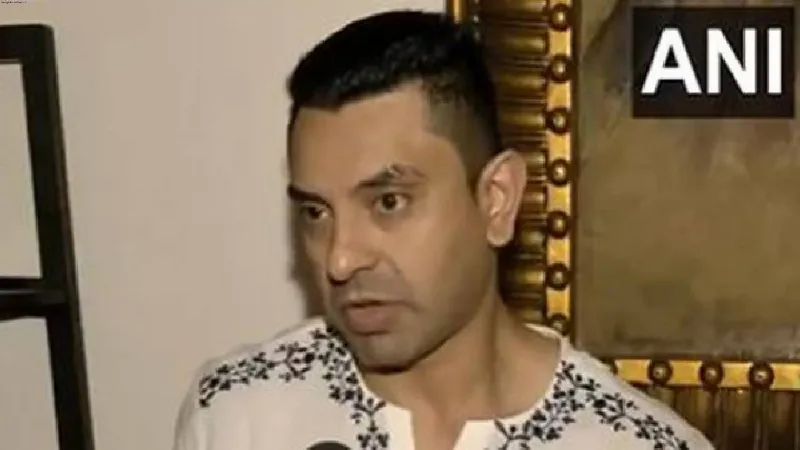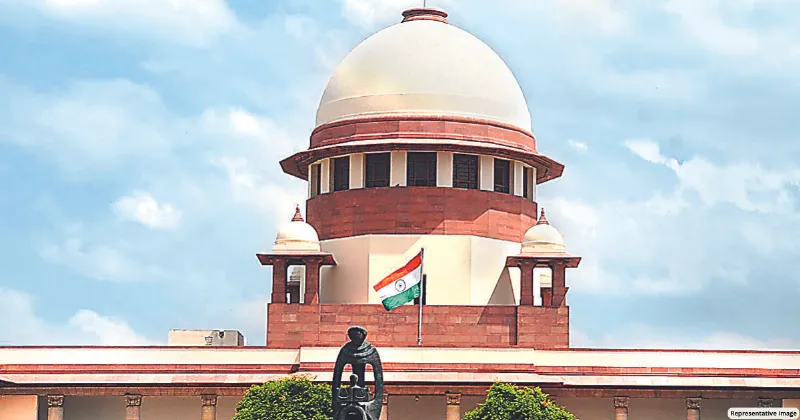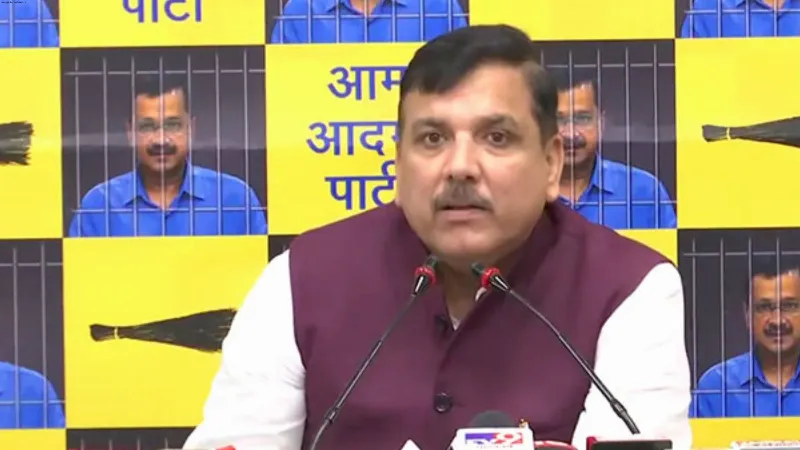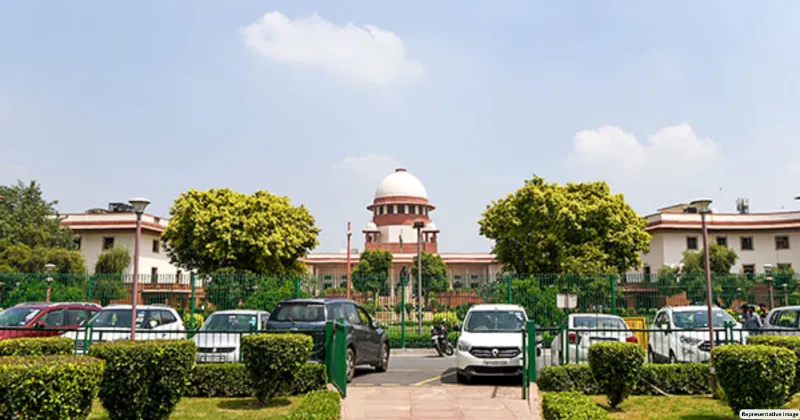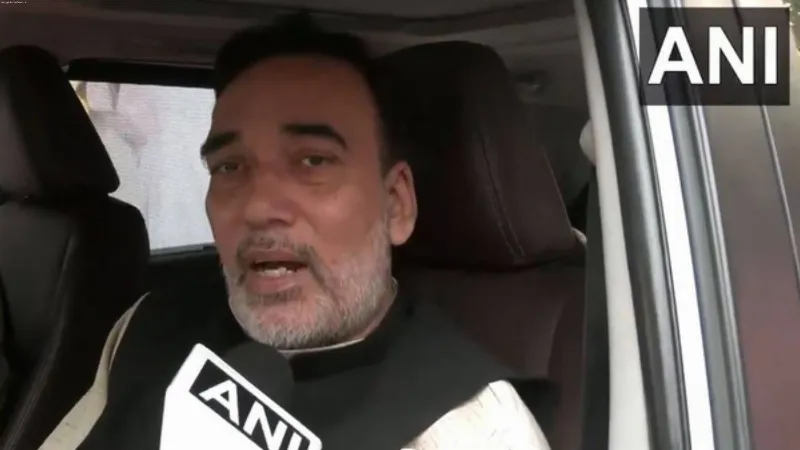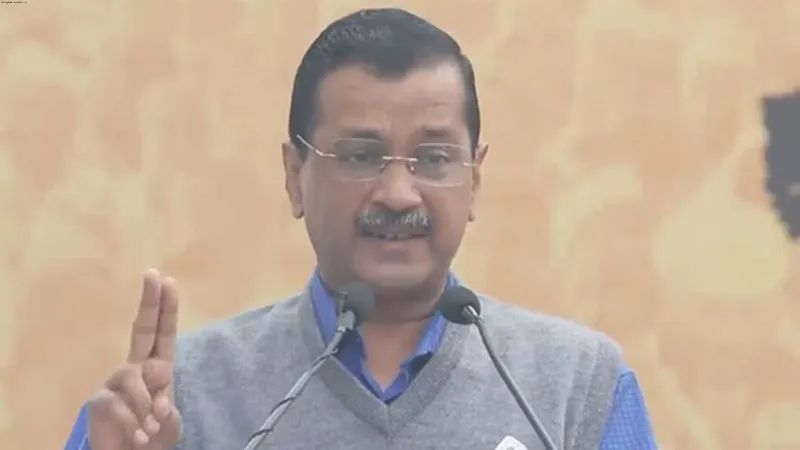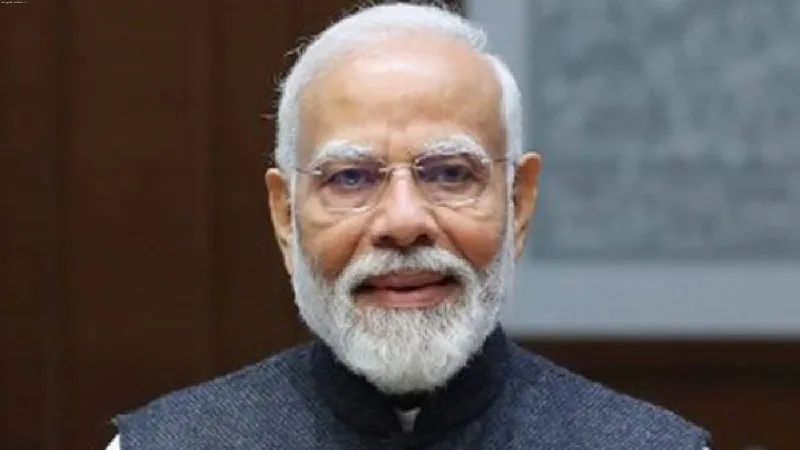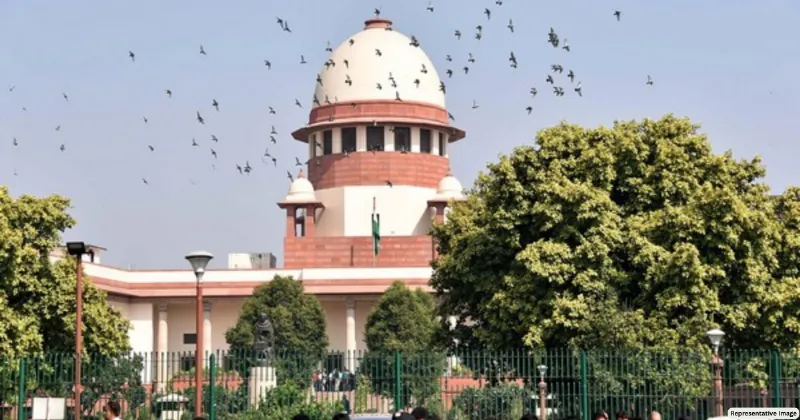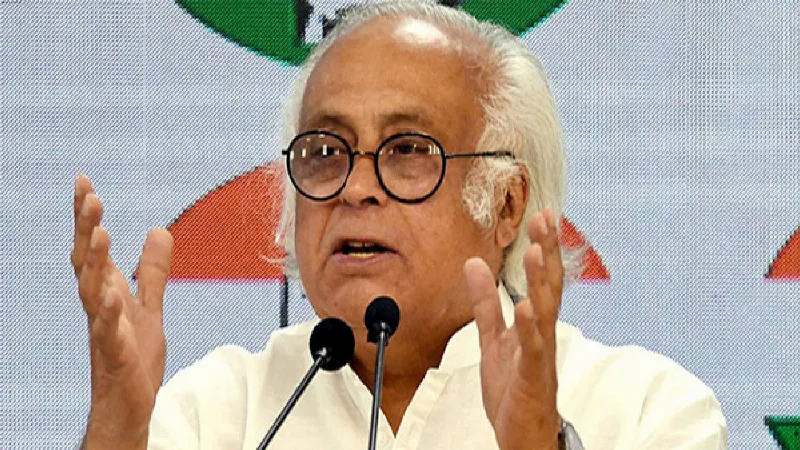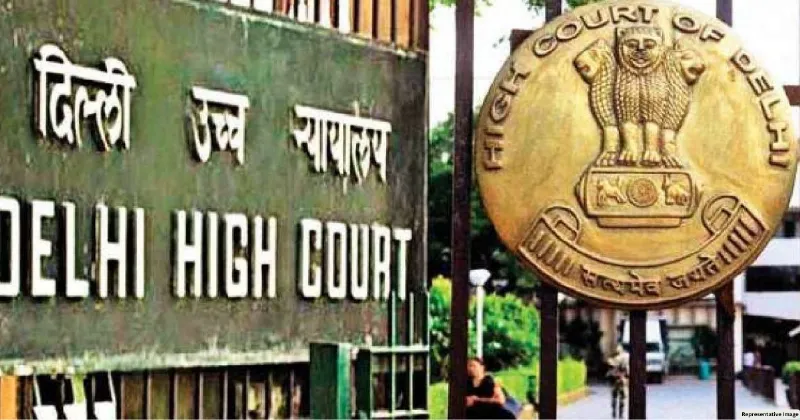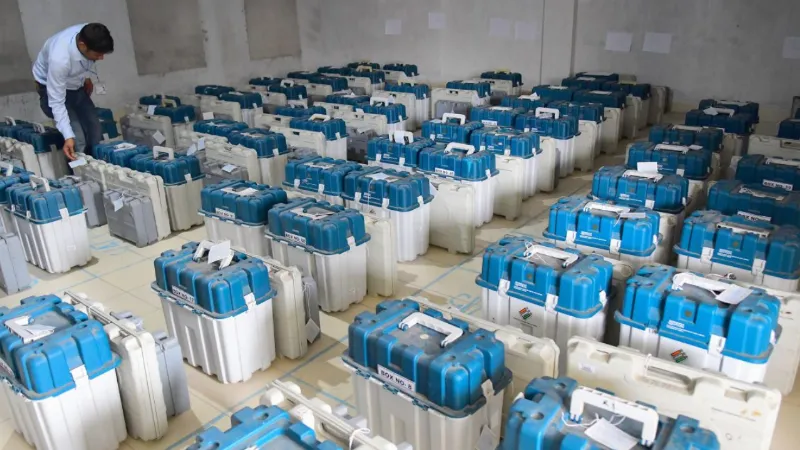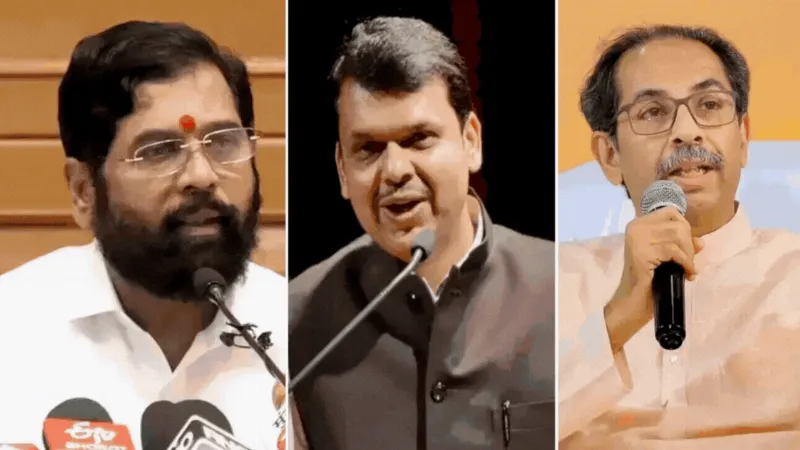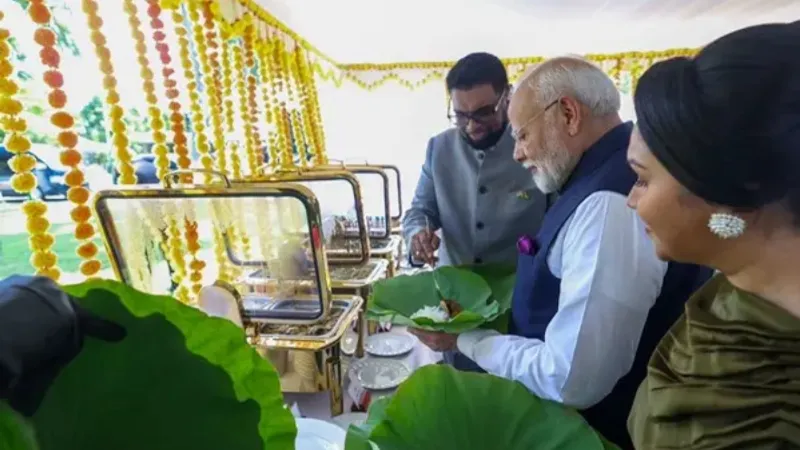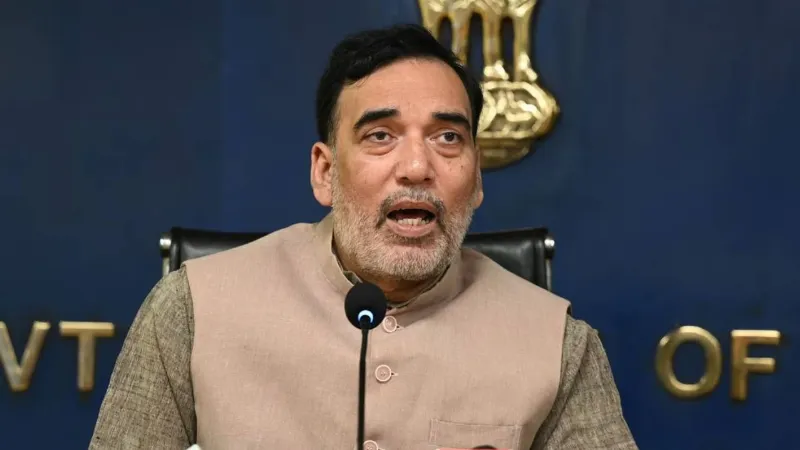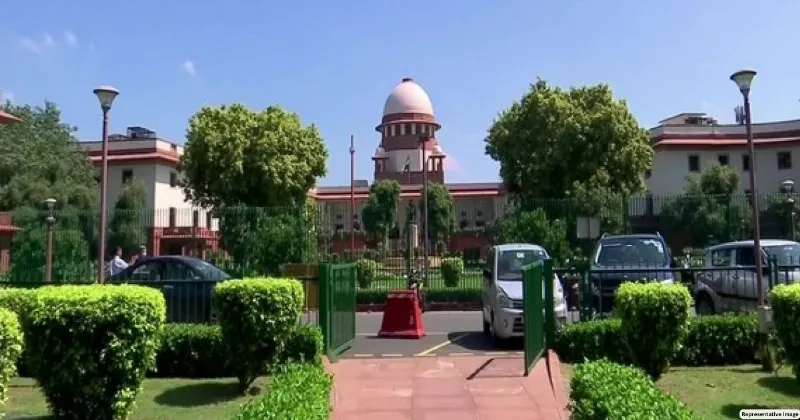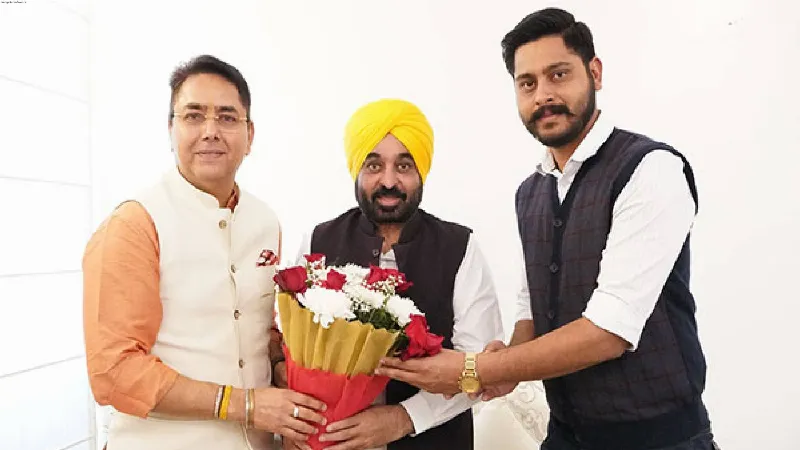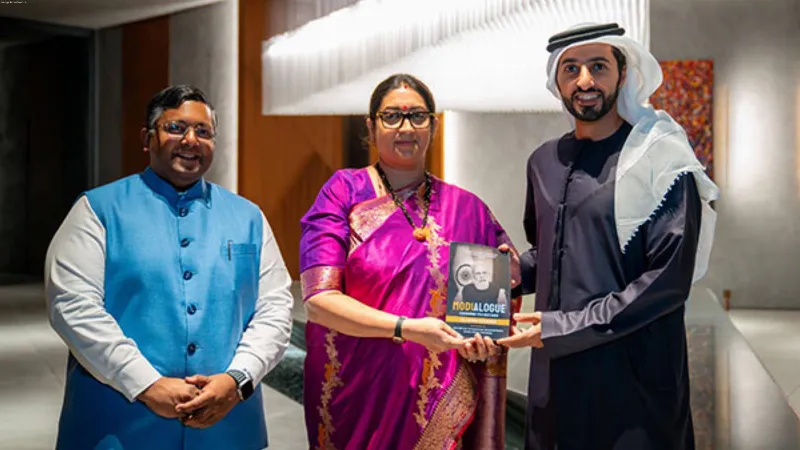From its place in fragile 5 economies, to 5th largest and soon 3rd largest economy in world, PM Modi’s stature and credibility has made India a ‘global growth engine’: Goyal

In a tete-a-tete with CEO and Editor-in-Chief of Bharat24-Vision of New India and CMD & Editor-in-Chief First India, Dr Jagdeesh Chandra, Union Minister Piyush Goyal throws light on how PM Narendra Modi’s leadership has altered the course of India’s development and brought it out of difficult situations. Goyal also reveals how Modi’s innovative approach to problems led to the digital and Startup revolution, amongst many other catalytic changes, which paved the way for the global populace looking at India as the next big thing. Excerpts...
- Considering the numerous Ministries that you have with you, it is a belief that in and outside the country, you are considered as the brainchild and brand ambassador of the Prime Minister in the field of economics. My question, thus, is that in such a short span of time in merely nine years of Modi government, India has become a global hub of manufacturing and trading. How did this happen?
Piyush Goyal: You used the word transparency while using Prime Minister’s office and the Prime Minister himself. The reason why PM Modi has come up as a global leader is because of his immense his credibility. Today entire world feels oneness with Indians owing to PM Modi’s works and that credibility comes due to transparency. He has taken the onus on himself to make the governance and works corruption free. His entire life is an open book and the manner in which he has dedicated his every moment and the entire life to the nation, the innovative thoughts and ideas he has implemented over the past twenty two years, first for thirteen years as Gujarat CM and then for nine years as Prime Minister, the outof-the-box solutions he has proposed to solve the problems faced by the nation, I would say the trust that he has earned of not only the citizens of the nation, but also of the global leaders, industries and businesses, it is due to this aspect that the same people and institutions are looking at India as an engine of world growth.
- In 2014 India was world’s tenth largest economy and in only five years, PM Modi has changed the course and brought the economy to the fifth spot. Now you are targeting the third spot. Are you confident of it?
I am not just confident, but the fact is that PM Modi works under an extensive plan. It is not as if we have made out such statistics out of thin air. There is an entire roadmap for which a strong foundation has been laid for India that no power in the world can stop India from becoming the third largest economy in the third tenure of Prime Minister Modi.
- You work in close coordination with Prime Minister’s office. Then you have your role in Rajya Sabha and there is political management also. One thing which always surprises me is how does PM Modi stay confident that he does not talk about 2024 polls, or of 2029 polls, rather he talks directly of 2047? How does he have this confidence?
If you focus on the work culture of PM Modi, you will find that he does not resort to short term measures on solving problems. It is in his nature to look into the root cause of the problem and to end the problem right from the root itself and such a solution that does not let the problem reoccur before the nation for a long time. He gives new ideas to propel the work that develops the nation. He ensures how technology can be used properly and how transparency and honesty can be inculcated in the system. Also, he prioritises the schemes and works which the nation needs. Along with this, he does not only trust budget and outlay, rather he focuses all efforts on outcome, that is, his approach is that whatever work he does, it should give maximum benefit in the shortest possible time to the maximum number of people and that profit should be such that it should add to the nation’s prosperity for years to come. Prior to 2014, India was counted amongst the fragile five economies of the world, and now in such a short span of time today we are becoming the world’s growth engine and fifteen percent of world’s growth would be from India. In such a huge world, today we are a three-and-a-half trillion dollar economy, approximately 250 lakh crore rupees, so when we look at the targets set by PM Modi regarding what will be done each year vis-a-vis the roadmap for India, we find that in 2047, about 24 years from now, India would swell from 3.5 trillion dollar economy to thirty five trillion dollar economy which means a ten-fold increase. PM Modi is therefore moving forward with this plan and it is this plan that gives confidence that we will be a developed nation.
- How is the work of start-ups, innovation and entrepreneurship for the young generation coming up?
About seven years back in 2016, Startup India was launched. At that time, a total of 452 registered startups were in existence. PM Narendra Modi gave the clarion call to the youth of India as he has complete faith in India’s youth and their abilities. He launched the Startup India mission and under this he gave various schemes and provided funds so that start ups get new funds. He gave the environment for quick registration of patents of the discoveries and invention in less money and how they can be motivated and given priority in government purchase. And on PM Modi’s push, the way in which job seekers have come up as job creators, it has created a fair image of India on the global scale. Today our startup ecosystem has one lakh registered start ups and there are even more unregistered start ups that are currently functioning. PM has made world’s third largest start up ecosystem in India and that too in merely seven years from a time when there was nothing. It is a matter of great pride for our nation.
- Has such a revolution come in the digital sphere also?
Innovation was always there in the nation and when digitalisation was bonded with this innovative streak, you can see for yourself how India has progressed. Today through direct benefit scheme, approximately thirty lakh crore rupees worth of benefits are being provided through three hundred and fifty schemes to the poor and middle and lower income families of the nation. This amount must have been provided to people in the past also, but the Prime Ministers of the past used to say that if they send hundred rupees, only fifteen rupees is received by people. Governments were being run without any accountability. PM Modi is not a weak-hearted person. If he finds a problem, he makes sure he finds its solution too. Just calculate that if UPA were still there and if this huge amount of thirty lakh crore was to be sent to the public, then the nation would have to send two hundred lakh rupees. Where would this huge amount come from? Obviously from the taxes from people. PM Modi did not levy any additional tax, whereas due to GST, tax on most of the commodities has gone down. Income tax rate has been lowered continuously in the past nine years, facilities have been provided to salaried class, middle class and poor. Today itself two hundred rupee rebate has been given on gas cylinders. I was in a program recently where few women met me and asked me to thank their brother Modi. So I would like to convey this gratitude to PM Modi through your channel.
- Since Public Distribution is under you, tell us how do you ensure that such a massive distribution process take place successfully in India?
In this also digitalisation and innovation has a huge role to play. Everyone knows that in the past people were being given less quantity of wheat and other grains in PDS and that too of low quality. PM Narendra Modi started working on how to better the entire process from the first day itself. The ‘One Nation-One Ration’ that he thought of is such a profound idea! There are several people in the nation who travel to various cities to work and their families live in other villages or cities. This happens especially in the case of our labourers. Now this five kilo wheat per person scheme is applicable to eighty crore Indians and under Antyodaya Anna Yojana, thirty five kilos is given to a family per month free of cost to two and a half crore poorest of the poor households. Today you do not even have to carry your ration card. Today your eyes and fingerprint are your ration card which is linked to your Aadhar and today there are five lakh PDS shops where one can use one’s fingerprint and procure ration.
Moreover, this wheat may not be taken fully and the beneficiary may take just some of the wheat and leave the remaining for the family, even if all of them are residing in different locations. So this is a facility that anyone can get benefit from anywhere, and in what so ever quantity. This work of providing good quality wheat is being done through FCI under the PDS. For this, FCI and CWC godowns have been upgraded and work is going on to further to upgrade the godowns to five-star quality level with all facilities. Now we are also installing CCTV cameras throughout to get constant footage of the wheat that is coming to the godowns and keep track of where it is going and in the future if one would want, the PDS consumer will be able to see if the wheat has been stored properly, if its being kept under proper conditions and hygiene.


